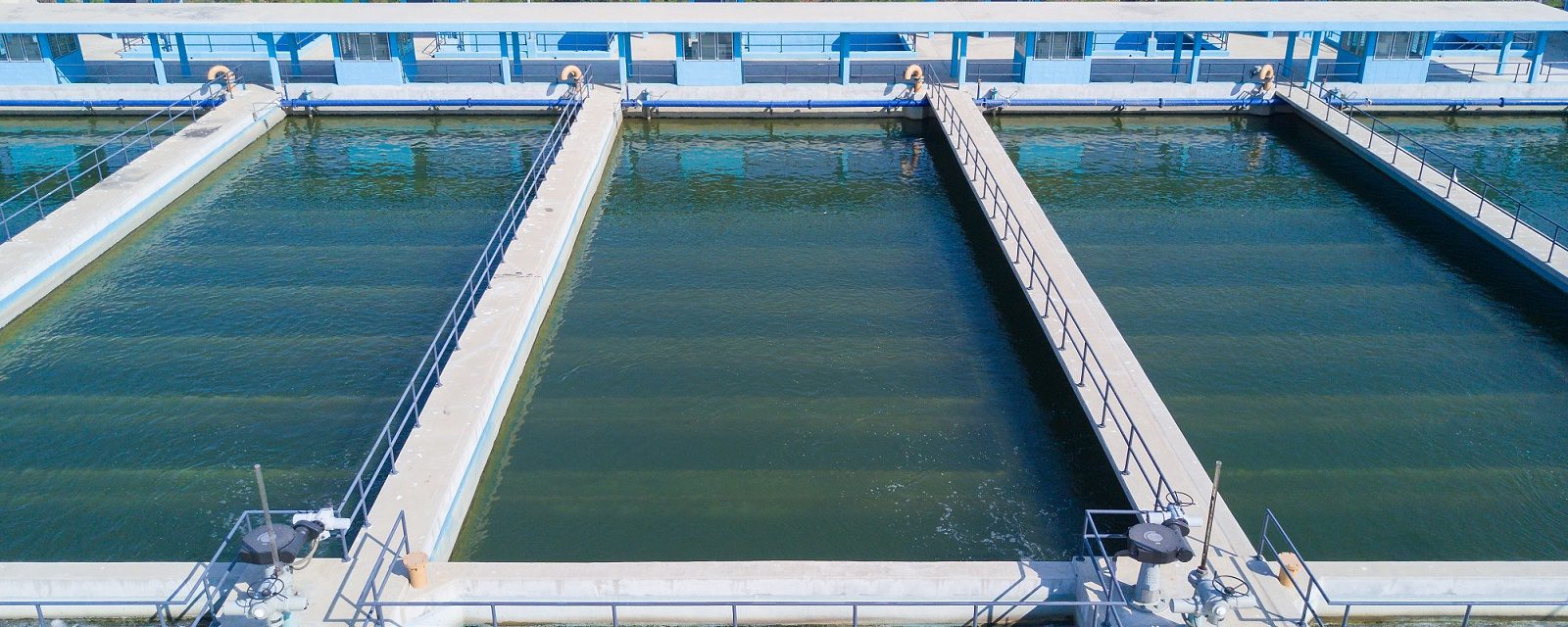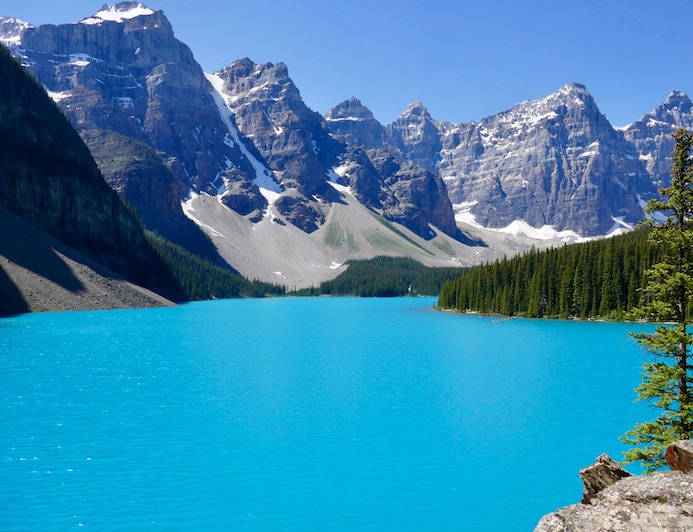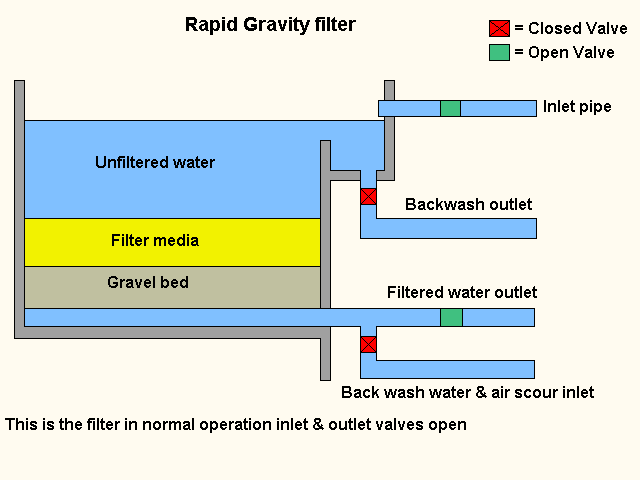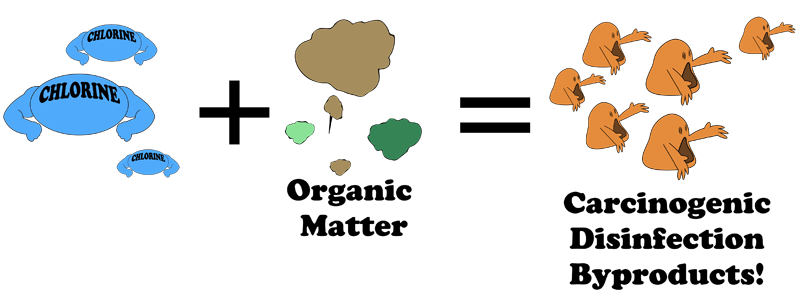Here are a few questions from a Water Treatment Certification Practice Test. The answers are located at the bottom of this page. If you need more practice questions, click here.
- A filter must be backwashed when _____________________.
-
-
- Influent NTU decreases
- Influent pH changes
- Temperature increases
- Head loss across the filter increases and reaches a pre-determined limit
-
2. Which of the following is a disinfection by-product precursor?
-
-
- Inorganics
- Arsenic
- Natural organic matter
- Nitrate
-
3. What is used to regulate iron and manganese?
-
-
- MCL
- SMCL
- Revised Total Coliform Rule
- Lead and Copper Rule
-
4. Which layer has the most significant temperature change in a stratified lake?
-
-
- Epilimnion
- Hypolimnion
- Thermocline
- Upper layer
-
Click here for Water Treatment Certification Practice Test
ANSWERS
1. D
A filter is backwashed periodically to remove entrapped solids and clean the filter. Essentially, the water flows in the reverse direction to remove the solids.
As the filter treats the incoming water, it gradually becomes clogged with solids. Eventually, it will reach a point where the filter must be cleaned or backwashed by reversing the flow of water.
As clogging in the filter increases, the head loss also increases. Head loss is the resistance to the flow caused by the solids build-up in the filter. Therefore, you want to clean or backwash the filter when the head loss reaches a certain point. You don’t want the filter to clog excessively.
To illustrate, the following drawing shows the water flowing downwards into the filter to treat the water. Then, it shows the water reversing direction and flowing upwards to clean or backwash the filter.

2. C
First of all, a disinfection by-product is an undesirable chemical that forms when chlorine reacts with natural organic matter. It’s undesirable because it is a health threat, and causes cancer.
There are various disinfection by-products. However, the most important disinfection by-product for the operator exam is trihalomethane. It’s commonly known by its acronym, THM.
A disinfection by-product precursor is the substance that reacts with chlorine to form disinfection by-products. Earlier, we mentioned that natural organic matter reacts with chlorine to form disinfection by-products. Therefore, the correct answer is “natural organic matter”.
3. B
Iron and manganese are minerals that are naturally present in untreated water. They don’t pose a health threat, but they’re undesirable because they stain plumbing fixtures. Specifically, iron causes water to appear red, while manganese leads to black stains.
Therefore, iron and manganese are regulated by non-mandatory water quality standards called Secondary Maximum Contaminant Levels (SMCL). An SMCL is not enforceable, and testing for iron and manganese is voluntary. The EPA established SMCLs to help water utilities manage the taste, color and odor of drinking water. Again, SMCLs are for contaminants that are not a threat to human health.
In contrast, drinking water contaminants that pose a health risk fall under a more stringent set of requirements: Maximum Contaminant Levels (MCL). An MCL is the maximum allowable concentration of a drinking water contaminant. They are mandatory and enforceable.
Furthermore, all public water systems must comply with the MCL to protect public health. They are not voluntary. Arsenic and nitrate are examples of drinking water contaminants that are hazardous to human health, and have an MCL.
Here’s a photo of water with high concentration of iron.
4. C
First of all, the water temperature of a lake differs as you move deeper in the water. The sun causes the upper layer to be warmer than the lower depths.
As the upper layer heats up, the water density decreases. Meanwhile, the water in the lower depths remain cold and dense. As a result, the difference in density minimizes the vertical mixing in the lake.
When this occurs, the lake is thermally stratified. The water temperature differs as you go deeper.
A lake that is thermally stratified has 3 layers. Most noteworthy, the middle layer has the biggest temperature decrease with depth. It is called “thermocline” or “metalimnion.”
Furthermore, “epilimnion” is the upper warm layer, while “hypolimnion” is the lower cold layer.
The lake remains stratified until early winter, when the surface water cools, and mixing begins. Consequently, the water temperature during winter is fairly similar throughout the entire depth.
Click here for Water Treatment Certification Practice Test
HELPFUL RESOURCES:
Water Treatment Certification Practice Test s
Online Course for Water Treatment Certification Test
Lastly, click here if you need more practice questions. I recommend solving a lot of practice questions before you take your exam. I have many students who successfully used this method and passed their test. Hence, it’s an effective way to study for the water treatment certification test. Please contact me if you have specific questions regarding the Water Treatment Certification Practice Test s.





